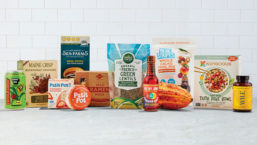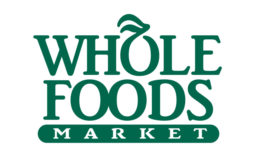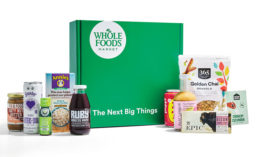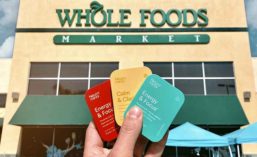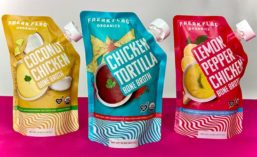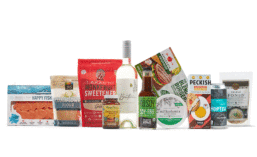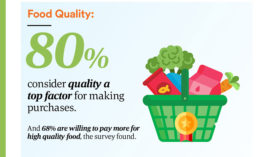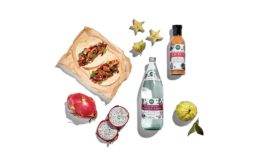Home » Keywords: » whole foods market
Items Tagged with 'whole foods market'
ARTICLES
PREDICTIONS 2024
The Whole Foods Market Trends Council predicts emerging flavors, culinary influences and products poised for the spotlight in the coming year
Read More
Omsom Saucy Noodles
New Asian flavored product to launch in Whole Foods Market locations nationwide
July 10, 2023
Whole Foods Market Announces Annual Supplier All-Star Awards
Retailer recognizes 15 brands that raise the industry bar for quality, innovation, value and social responsibility
June 15, 2023
2022 PREDICTIONS
Top 10 Food Trends for 2022
Whole Foods Market suggests non-alcoholic spirits, yuzu, prebiotics and botanicals are among the food influences expected to rise in popularity in the next year
October 20, 2021
Neuro's Functional Gum, Mints at Whole Foods
Neuro gum and Neuro mints are sugar free, gluten free, vegan, and use only scientifically-backed and sustainable ingredients
April 6, 2021
Freak Flag Organics Bone Broths
New bone broths now available at Whole Foods Market
August 7, 2020
Whole Foods Market Announces Winners of Annual Supplier Awards
Local, regional and national brands celebrated for outstanding quality, environmental stewardship, organic integrity, innovation, purpose and partnership
February 24, 2020
2020 PREDICTIONS: FLAVOR & FOOD TRENDS
Whole Foods Market Predicts Top 10 Food Trends For 2020
Retailer’s global and local experts forecast on-the-rise flavors, products and culinary influences
October 23, 2019
Food, Health & Groceries: What Do Millennials Want?
New Whole Foods Market survey finds that millennials are willing to pay a higher price for quality
September 11, 2019
Consumer Curiosity to Discover New Food and Beverages
"Discovery: The Adventurous Consumer" leads the list of Innova Market Insights' Top 10 Trends for 2019
April 5, 2019
